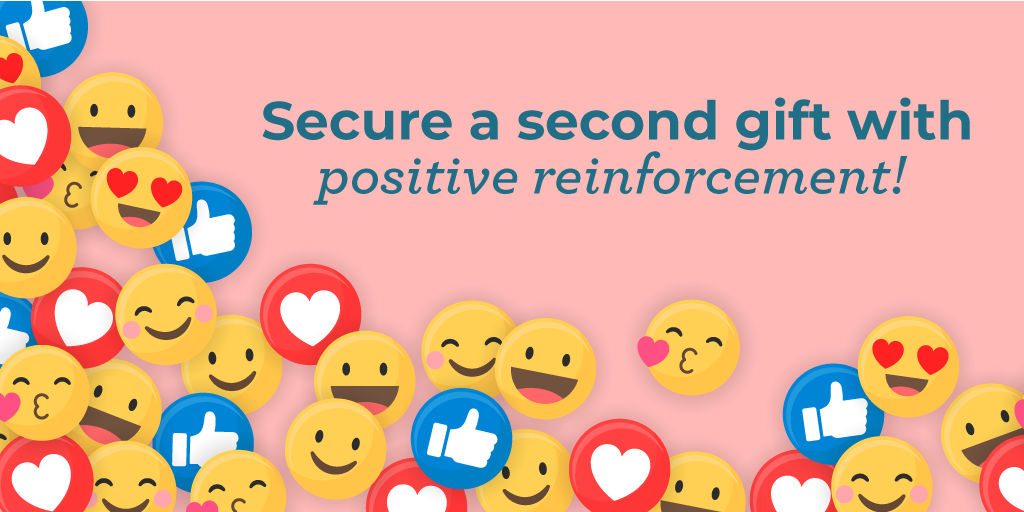The days are getting longer. The weather is getting warmer. And the end of the school year is just around the corner. While the kids, teachers, and parents have their eyes set on a fun-filled summer, development professionals are focused on one thing, their end of fiscal year appeal.
While many of us are excited for what the summer will bring, this time of year can be a big concern for fundraisers, and not just those in independent schools! They know it’s time to make an ask. But they also know many of their most loyal supporters have already donated this year.
Ask fatigue is a real concern. But as a development professional, you’re not just worried about your own prior appeals and gifts. Your donors are also about to get hit with a wave of solicitations from every organization they’ve ever been in touch with. The competition can be fierce, despite your well-established relationships and strong mission-driven message.
Lucky for you, we’ve got two tricks that’ll help improve responses from segmented audiences and optimize the energy you have left to get a solid campaign off your desk and in front of your supporters.

Positive Reinforcement
Let’s face it, no one likes to be asked for a favor by someone who’s been radio silent for months. This type of communication completely devalues the person being called upon and turns them into a commodity. Using positive reinforcement to encourage giving will demonstrate the value of their effort and remind them how good it feels to support you. This is crucial to secure gifts at the end of the fiscal year.
Your donor data is key here. Dig through your database to find out when a donor gave most recently and how long they’ve been supporting your organization. Find information about specific programs they previously supported. Then relay this information to them. Mentioning these bits of information and making note of the dollar amount of their last gift will let the donor know that you’ve taken notice of their past efforts. This can go a long way in making the donor feel special.
Positive reinforcement plays an essential role in keeping donors engaged. It can remind them of the satisfaction they felt from contributing to something bigger and for the better. Let them know the specifics of what you were able to accomplish with their previous gifts. This goes back to putting your donor at the center of the story and making them a hero.

Stick to the Basics
Your appeals need to cut through the clutter. No matter how many times we try to clean our inboxes, it always seems like there is a new email waiting. With vacations to plan and summer learning arrangements to make, the last thing busy parents want is to read is another lengthy appeal.
Our suggestion? Try a series of short and sweet emails that state one of the many reasons to give. Keep the message concise at the end of the fiscal year. Then, make it clear what you want your audience to do with a big, bold, and colorful call to action. Keep that soft ask locked away until the fall!
Or, try changing up the narrative with brief emails that demonstrate the impact your school or organization made this year with support from donors. Let this email campaign span a few weeks. Keep things visually consistent with a clear pathway to make the donation. Subject lines should be intriguing and not too obvious.
There will never be a day without a new email. But you can increase the chances your message will make an impression by keeping it to the point. These messages are more likely to grab attention and inspire donors to give than a lengthy letter about your organization, its goals, and your need for donations. Especially at this time of year!
Short, Sweet, and Significant
At this point in your fundraising year, it’s more important than ever to truly know who you’re talking to in order to re-establish your need for support. Focus on what you’ve accomplished as a team. Without each team member, the wins you achieved this year wouldn’t be possible.
Use positive language that focuses on the importance of the partnership. Though you shouldn’t lead with an obvious ask, it’s crucial that the recipient understands the next action you want them to take. The more engaging you can make your communications, the more you will retain these people at the start of the next school year.







